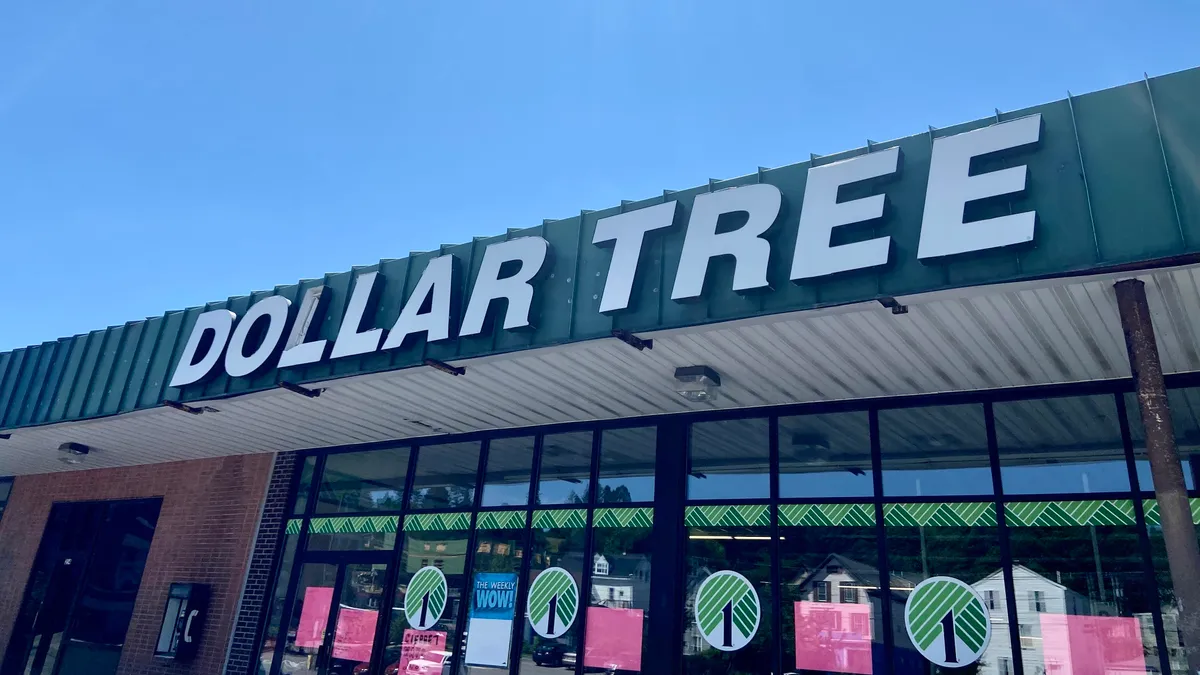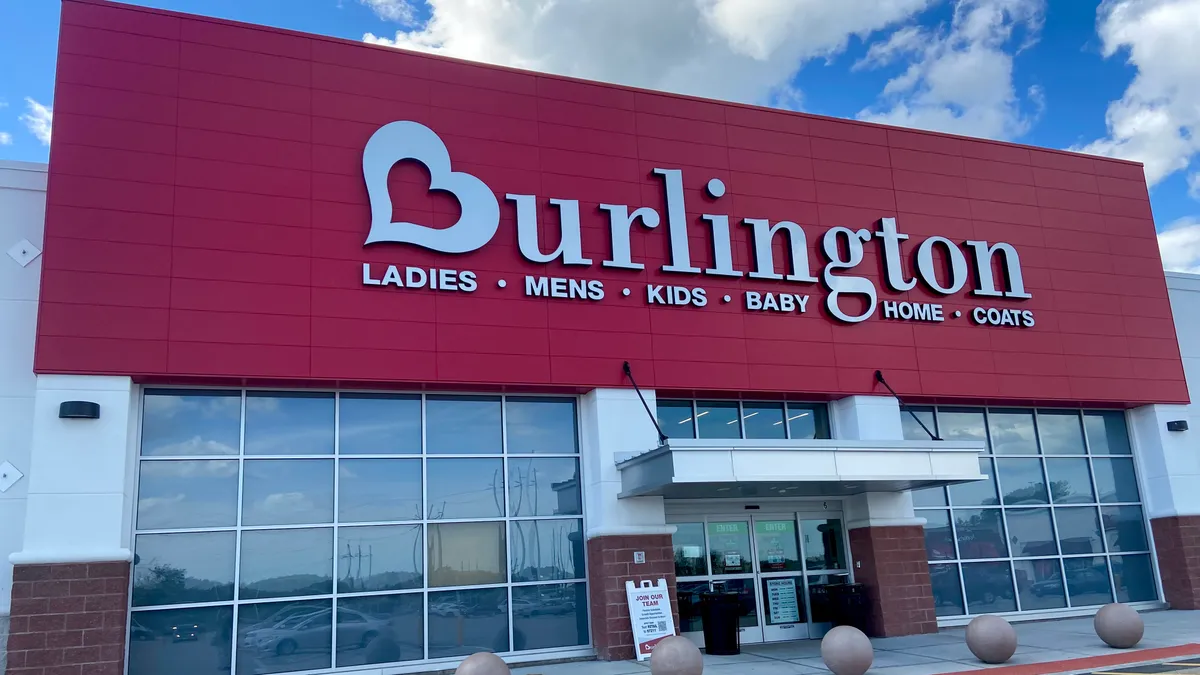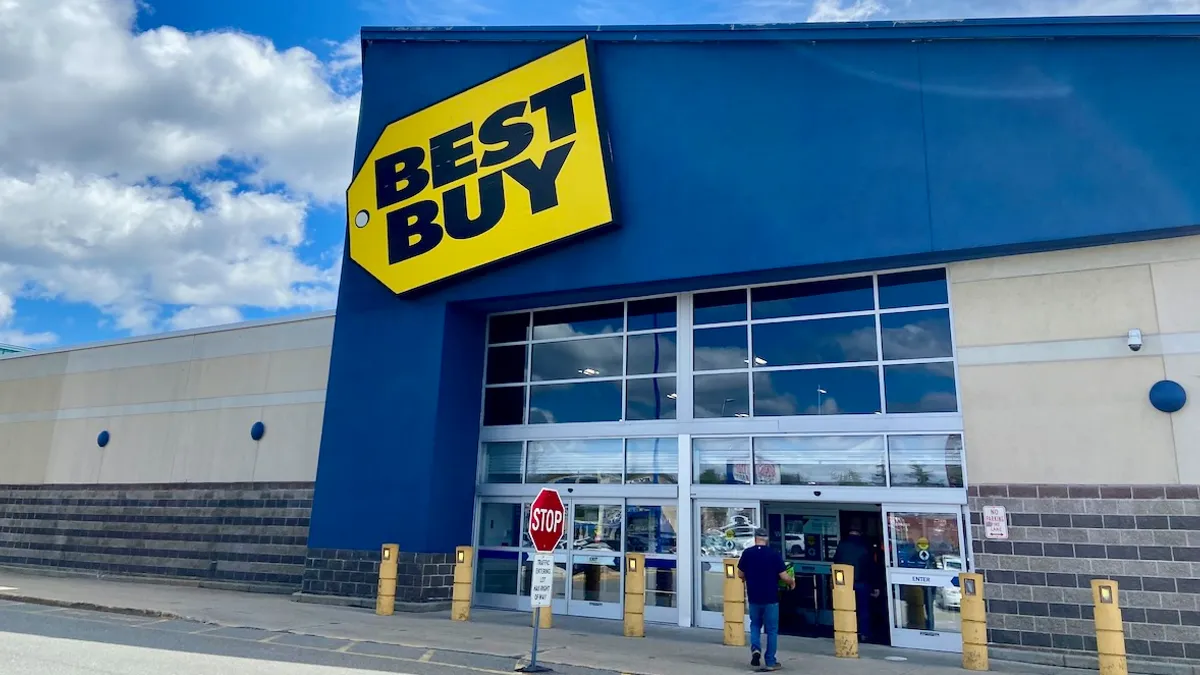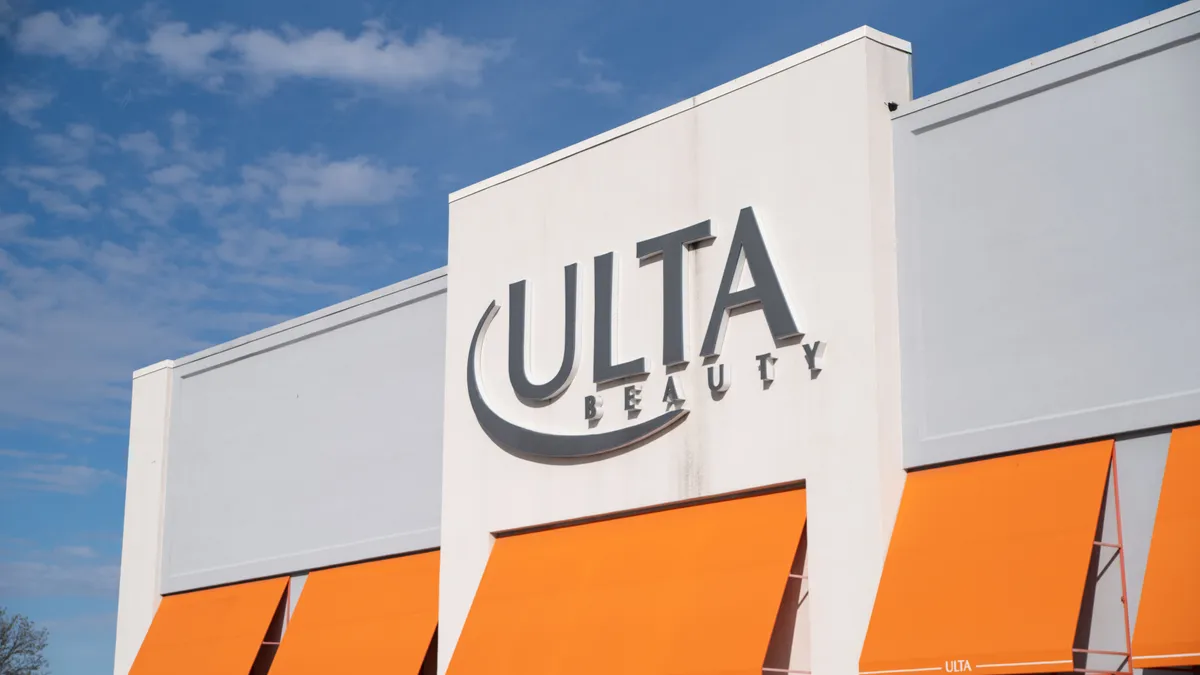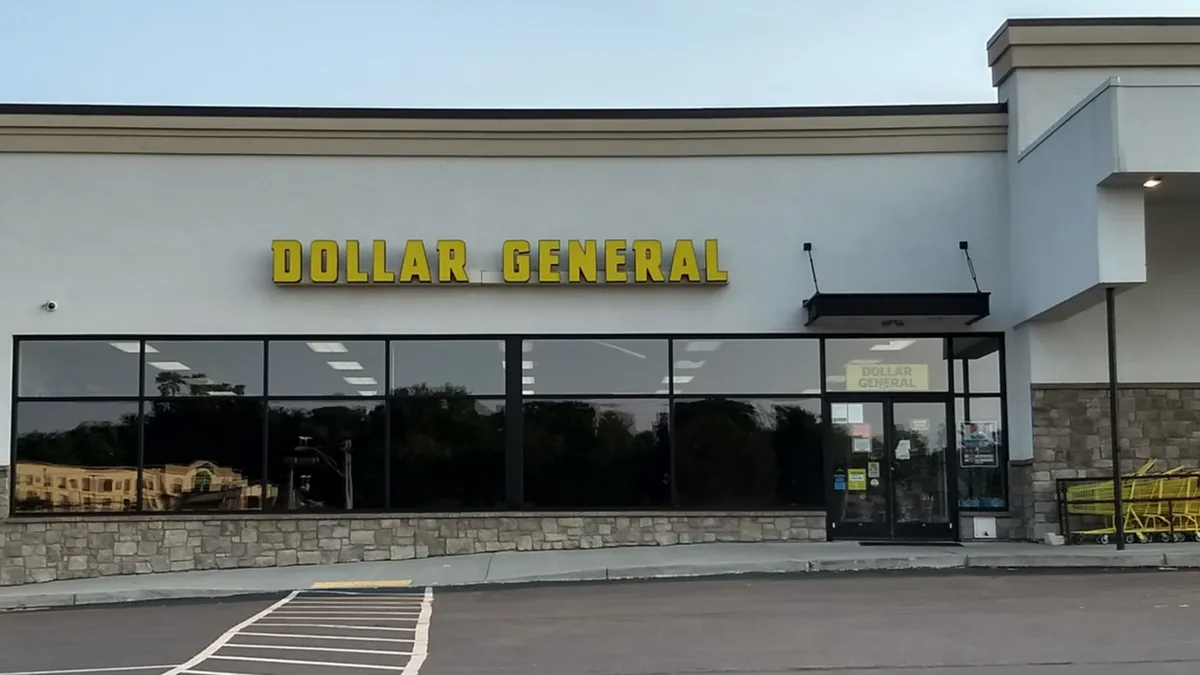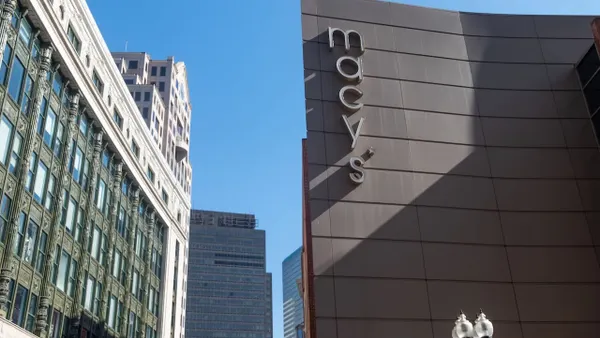UPDATE: February 12, 2019: ESL Investment's affiliate company Transform Holdco completed the acquisition of Sears Holdings on Monday, according to a company press release.
UPDATE: February 8, 2019: A U.S. bankruptcy judge on Thursday approved Sears Holdings' $5.2 billion sale to Chairman Eddie Lampert and his hedgefund ESL Investments. The decision rejected objections from the Sears unsecured creditors committee, but litigation is expected to continue against ESL and Lampert.
A bankruptcy filing from one of the most iconic U.S. retailers was bound to be unique. But the series of events that have played out over the last several months have resulted in polarizing perceptions of what the future holds for Sears.
On one side, former CEO Eddie Lampert and his hedge fund ESL Investments have painted a picture of themselves as heroes swooping in to save the chain, along with roughly 425 stores and 45,000 jobs. They envision a world where Sears regains its competitive edge and a stable balance sheet.
Many parties involved, however, have been skeptical from the beginning of these self-proclaimed intentions. Sears Holdings rejected several initial bids from the hedge fund.
But with a $5.2 billion bid the only thing standing in the way of liquidation and a judge pressuring the involved parties to strike a deal that would save thousands of jobs, Sears ultimately approved the sale mid-January. After two days of hearings, a U.S. bankruptcy judge approved the sale to Chairman Eddie Lampert.
The decline of Sears was neither swift nor surprising. But now that the company is on the verge of emerging from Chapter 11 protections, uncertainty still lingers when it comes to its financial stability, its position in the market and what it all means for creditors and employees.
Financial faltering
Since it filed for bankruptcy in October 2018, the 126-year-old department store has been hemorrhaging money. Net losses between November and January totaled $722 million and the company racked up roughly $11.7 million in restructuring professional fees, according to documents filed with the U.S. Securities and Exchange Commission.
Unsecured creditors have depicted the company's financial deterioration as a Lampert-induced Shakespearean tragedy. While creditors have leaned on drama to enforce their points, Sears store sales have fallen from more than $30 billion in 2013 to under $11 billion in 2018, according to data eMarketer emailed to Retail Dive. E-commerce sales have also dropped from $3.3 billion in 2013 to just under $2 billion in the same time frame.
"Despite the worsening outlook for the retail industry and Sears, Lampert and ESL consistently set overly optimistic but inaccurate financial projections for Sears' Management," the creditors argued in a complaint filed last month, which redacted specific financial goals.
In court documents recently filed in support of ESL's bid, Sears CFO Robert Riecker emphasized how the company's previously announced Go-Forward turnaround plan, specifically the promotional efforts related to its Shop Your Way loyalty program and changes to product pricing, will drive the company back to profit.
The company's turnaround plan diverges somewhat from ESL's turnaround. Among other differences, the ESL plan based its projections on a smaller 425 store model — a decision made by Riecker and Sears' Chief Restructuring Officer Mohsin Meghji based on the liquidity needs of the company.
"As I confirmed at a recent lender presentation on January 24, 2019, I believe the same stores sale comparison reasonably could range from -1% (ESL projection) to -2.4% (Company projection) for fiscal year 2019." He added that the ESL plan objectives are "achievable and the projections are reasonable." The plan would also allow the company to emerge from bankruptcy and "receive better credit terms from our vendors in light of the restructured business model," Riecker said.
"The store started looking kind of empty, shelves were empty and people were asking 'Is the store closing? It looks kind of empty.' And I say no, we're just making changes to make it better."

Victor Urquidez
Assistant Manager, Sears Auto Center, Chula Vista, California
That would solve one problem the company is having: stocking enough product. Barren shelves have become increasingly noticeable in stores since the company's bankruptcy filing.
"I knew something was going on because since 2018, a lot of the merchandise we used to receive, they didn't bring it to us," Victor Urquidez, an assistant manager at a Sears auto center in Chula Vista, California, told Retail Dive in an interview. "The store started looking kind of empty, shelves were empty and people were asking 'Is the store closing? It looks kind of empty.' And I say no, we're just making changes to make it better."
Urquidez, who has worked at the store for the last eight years, said that employees were instructed not to discuss the bankruptcy process with customers. He said he largely found out news about the Sears bankruptcy from media outlets, or customers.
'Sears is the poster child for the problems of being a middle mass market retailer'
While there are many unique factors about what led to Sears' financial demise, it didn't happen in a vacuum. Department store and mall anchor peers like J.C. Penney, Kohl's and Macy's have all struggled to reinvent their market position over the last few years. And some, including Bon-Ton and Toys R Us, have been left with no other option but to liquidate.
"Our estimates show that the department store sector shrank approximately 13% in 2018, largely due to the Sears closures and Bon-Ton stores liquidation, and we believe further contraction is ahead," Moody's analyst Christina Boni wrote in a recent report, adding that the department store sector is anticipated to contract a further 3.5% this year.
"In recent years, Sears has failed to meaningfully improve its sales trends and profitability, largely because it has lacked a viable core customer proposition. We do not foresee this changing if the bid succeeds and believe it faces the risk of shedding more stores or outright liquidation," she said.
"Your risk is you don't stand for enough to be compelling for people to shop with you. You're not fashionable enough, valuable enough. You don't have the sufficient assortment. You lack the high levels of service delivery of stores."

Alan Treadgold
Partner in Retail Strategy, PA Consulting Group
The Sears bankruptcy stands out as a cautionary tale for other mass merchandisers. "Sears is the poster child for the problems of being a middle mass market retailer," Alan Treadgold, a partner in the retail strategy segment of PA Consulting Group, told Retail Dive in an interview.
"It's the problem they've had for at least the last 15 years," he said. "Your risk is you don't stand for enough to be compelling for people to shop with you. You're not fashionable enough, valuable enough. You don't have the sufficient assortment. You lack the high levels of service delivery of stores."
While Sears' problems are not "insurmountable" as Boni puts it, it does have a deeper hole than many of its peers to dig itself out of. Even though it will emerge a much slimmer retailer than it once was, its competitors will still be other mall anchors and mass merchandisers.
And where there is a loser there is always a winner. Macy's is best positioned to take over its lost traffic because it has the greatest number of overlapping anchor stores located in malls with the fewest vacancies, according to Boni's report.
"We estimate that about 26% of its store base overlaps with a Sears, while only 3% of its locations in a mall with an already-vacant pad or Bon-Ton liquidation," she wrote.
Some unlikely players are moving into old Sears stores. Gold's Gym, for instance, has retrofitted at least four former Sears mall locations and is aiming to drive more foot traffic to malls, the company told Retail Dive in an email.
If Sears hopes to survive life post-bankruptcy, it will need to aggressively find ways of taking what it has left and repositioning its purpose in the market. Whether it can successfully do that is a question many are asking.
Could Sears make a comeback?
Sears has had a nebulous future for years, and even now despite an outlined turnaround plan on the books, the medium- to long-term future is still uncertain. In fact, many are wondering why Sears is even bothering with a comeback attempt, considering research from firms like GlobalData Retail show overall customer usage of Sears and Kmart is plummeting.
There's no doubt that Sears will emerge looking like a very different retailer that it once was. Within the last two years, Sears has shuttered hundreds of stores, and analysts argue it will likely continue to close stores beyond those initial figures.
"Radical surgery should be anticipated and is certainly required," Treadgold said. "I think what needs to happen is a lot of those stores really do need to be not just refreshed but sort of significantly reconfigured, probably into some core product categories where Sears has still some real strengths." he said, adding that the store experience will also need a facelift so that it's "one that is worthwhile to go into."
Employees and creditors are skeptical that Lampert will make good on his promise to reinvest in stores.
After putting in a year of part-time work in the tools department, Urquidez said he was promoted to full-time work in the auto center and in 2014 he became assistant manager. Around that time, he noticed changes that were slowing down processes in the stores. "I felt like we were going backwards instead of forwards," he said, adding that there have been few improvements to the location during his time working there.
"Changing the technology and the way we do customer service will make the service faster and we can do more," said Urquidez, who has been working with the Organization United for Respect and its Rise Up Retail campaign, which is pushing for protections for Sears workers.
Urquidez, who recently participated in an NYC protest opposing ESL and Lampert's takeover of the company, doesn't have confidence in Lampert's leadership. "We already experienced how he works, so I think it's going to be the same thing," he said.
While Lampert and Sears may have lost the confidence of some employees, their vision to turn around the business is not impossible, Marshall Fisher, a Wharton School of Business professor of operations, information and decisions, told Retail Dive in an interview.
In an article published in the Harvard Business Review in January 2017, Fisher examined the financial data of 37 U.S. retailers with sales of at least $1 billion whose top-line annual growth rate slowed to the single digits. According to the analysis, more successful retailers drastically curtailed expansion and relied on operational improvements at existing stores to drive sales.
That all starts with hiring the right people, Fisher found. Store associates who are well-trained with product knowledge can significantly increase the percentage of customers entering the store who actually buy something.
That will be one major challenge for Sears, which has dramatically reduced its workforce over the last few years.
In 2014, Urquidez said more than half of the workers at his store were laid off. "I used to work sometimes 60 hours a week for two years and a half," he said. "It was like get up, go work and go home, rest and next day same thing, you know like a robot." Because he was so busy at work, he says that's in part why he's stayed with the company for so long. But after eight years, he doesn't see any more upward mobility.
What does a Sears resurrection mean for everyone else?
While ESL and Lampert may have prolonged the existence of Sears, there are still many ongoing disputes between the company and creditors, employees and a federal pension agency.
Unsecured creditors have been vocal from day one about their distaste for Lampert, ESL and their bid for the company. That's intensified over the last few months. At the start of the month, at least 13 parties had filed limited objections to ESL's bid to buy Sears, and disputed amounts totaled at least $17.7 million, according to court documents analyzed by Retail Dive.
In litigation separate from the bankruptcy proceedings, creditors are laying the groundwork to sue ESL and Lampert in hopes to recover funds and value lost from ESL's and Lampert's past dealings with Sears — including the spin-off of Land's End and the transfer of real estate to Seritage Growth Properties.
ESL has called the allegations "misleading or just flat wrong," in statements emailed to Retail Dive, which also asserted that all of the financing arrangements involving Sears assets "were undertaken to facilitate the company's continued operations and implement its transformation plan."
The Pension Benefit Guaranty has also filed a lawsuit, aimed at Sears (though it would be incurred by the buyer). The federal pension agency is alleging two Sears Holdings' pension plans are underfunded by roughly $1.4 billion, and is asking a judge to terminate those plans and transfer responsibility for over 90,000 people's retirement funds.
Many employees and workers rights activists are also concerned about potential severance payouts, for those who have lost their jobs due to recent closures as well as those who may be at risk of losing their jobs in the future. ESL's most recent bid did include severance money for employees going forward.
"What we're saying is $43 million only covers a certain small percentage of the employees that may be affected by future layoffs and in fact there have been tens of thousands of people who have lost their jobs just in 2018 and those families also need some sort of financial assistance," Lily Wang, OUR deputy campaign director, told Retail Dive in an interview. She's pushing for Sears employees to have a seat at the table to hold Lampert accountable to his turnaround plan.
According to Wang, the fall of Toys R Us, Bon-Ton and Sears highlight a problematic, yet deeply rooted relationship between private equity and big-box retail. Just how that connection will unfold and who will be caught in the crossfire as Lampert steps back onto his Sears throne will be worth keeping a careful eye on.







